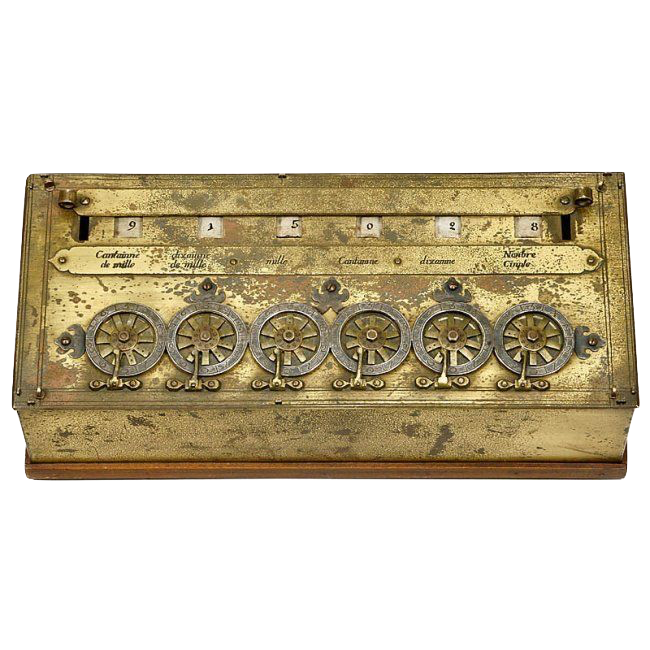Joint seminar with the Algorithms Research Group (ARG).
| Speaker: | Ned Nedialkov |
| Dept. of Computing and Software | |
| McMaster University |
Title: Solving High-Index Differential-Algebraic Equations: Theory, Software, Computational Experience
Existing methods and software for solving differential-algebraic equations (DAEs) usually handle only one form or class of DAE. We develop algorithms and software for solving directly an initial-value problem of fully-implicit, high-index, arbitrary-order DAE. Solving such problems directly has been generally impossible.
We do not reduce a DAE to a first-order, lower-index form: we solve it directly by expanding its solution in Taylor series. To determine which equations to differentiate and for which variables to solve when computing Taylor coefficients, we apply the structural analysis of J. Pryce and solve a suitable linear assignment problem (LAP).
Using the primal-dual solution to this problem, we employ automatic differentiation (AD) techniques to compute Taylor series coefficients for the solution on each integration step. Then, we compute an approximate Taylor series solution, with appropriate stepsize, and project this solution to satisfy the constraints (explicit and hidden) of the problem.
We have built a DAE solver as a set of C++ template classes that encapsulate algorithms and data structures. It employs an LAP solver and packages for linear algebra, AD, and nonlinear optimization. The template capabilities of C++ allow parameterization over a variety of data structures and algorithms, without sacrificing efficiency.
Numerical results show that the proposed method and implementation can be competitive with existing DAE solvers and usually much more accurate. Further, our package can be applied to pure differential and algebraic systems and parameter continuation problems.
This talk discusses the theory and algorithms behind our solver, presents software issues, and elaborates on numerical results.
This is a joint work with John Pryce, Royal Military College of Science, England.


